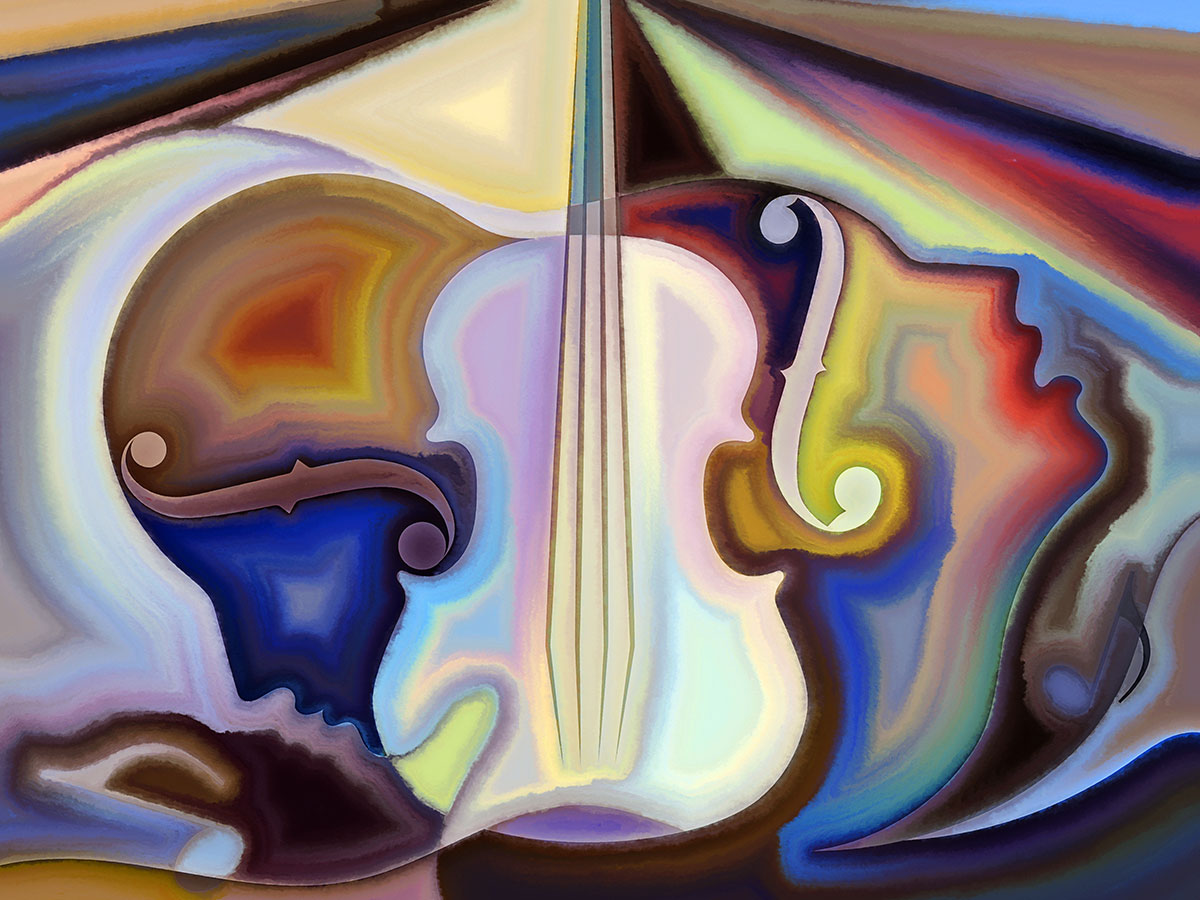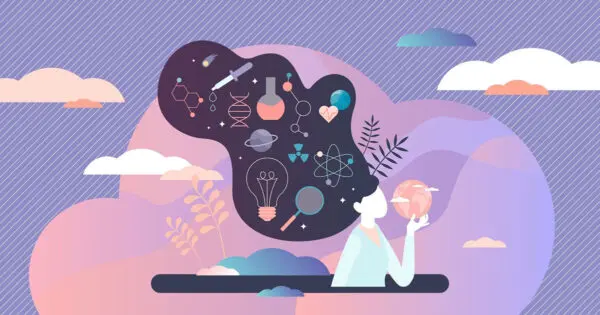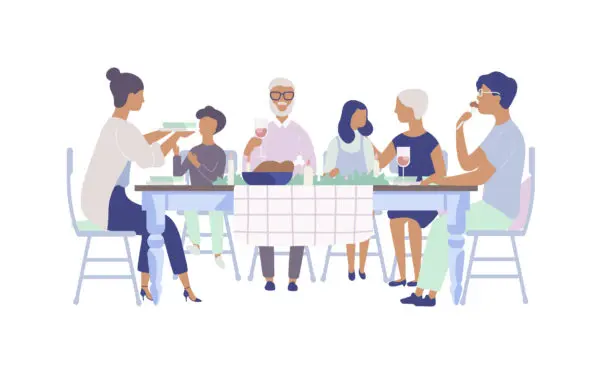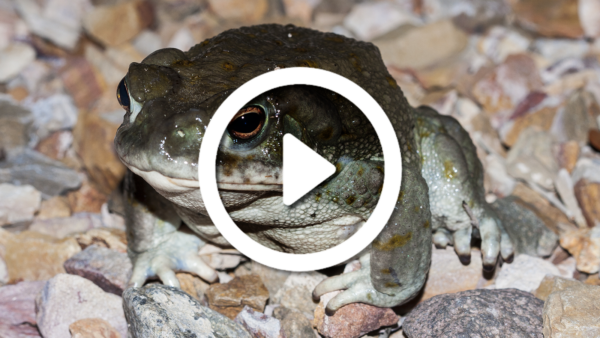The concept of set and setting is a common staple in the toolkit of psychedelic best practices. While Timothy Leary is typically credited with coining the expression, the full history of set and setting is explored in this article by Ido Hartogsohn.
Timothy Leary, Ralph Metzner and Richard Alpert (Ram Dass), three professors turned pseudo-political prophets, supply a definition for the idea of set and setting in the foundational book, The Psychedelic Experience: A Manual Based on the Tibetan Book of the Dead:
“Of course, the drug dose does not produce the transcendent experience. It merely acts as a chemical key – it opens the mind, frees the nervous system of its ordinary patterns and structures. The nature of the experience depends almost entirely on set and setting. Set denotes the preparation of the individual, including his personality structure and his mood at the time. Setting is physical – the weather, the room’s atmosphere; social – feelings of persons present towards one another; and cultural – prevailing views as to what is real.” (pg. 2)
While drug dose is certainly a factor, set and setting are regarded as two of the most critical determining variables of outcomes in a psychedelic experience. Here are some tips for evaluating your set and setting and making informed preparations for a psychedelic trip.
Tips For Establishing a Strong Set
One of the first things to check in with yourself about while preparing for a psychedelic experience is intention. Ask, why am I taking this trip? During a time of great upheaval in one’s life, psychedelic use could make things easier or it could make things worse, more confusing, and/or more complicated. Try to assess if you are looking to trip because you want to escape what is happening.
It’s perfectly understandable to want to feel better and to want to escape hard feelings. Where this can lead people astray with psychedelics is that the experience can actually bring those difficult things up, and even amplify them.
A common suggestion in psychedelic circles is to create an intention before a psychedelic journey. Sometimes, intention can get confused with expectation. The former is an open aim which could vary from specifics such as “I want to decide what to do with my career” or “how can I get rid of my social anxiety?” to something as general as, “I want to see what this experience has to show me.”
An expectation, on the other hand, usually involves some prediction about what will happen, how it will feel, or what the outcome will be. Expectation can lead to feeling disappointed or like you “did it wrong” or the experience “didn’t work.” If you find yourself having those feelings during or after a trip, remember that those are as much a valuable part of your journey as anything else. These negative feelings, projections of failure or being failed may be arising for a reason. Try to stay open and curious about what these thoughts might be tied to from your past.
Another aspect of set is preparation. Not preparing the space (although that will be covered in the Setting section), rather, preparing the mind and body.
If you can, take a day off before and after the trip. Going into a journey fresh off of a busy week of work or responsibilities can make things unnecessarily hectic. Try to take some space for yourself to unwind and prepare for an experience that demands curiosity, surrender, trust and humility.
Taking the day off after the trip to will help you to provide yourself the right aftercare so that you can begin the process of integration.
Setting Yourself Up for Success
A proper setting is the nuts and bolts of a good psychedelic experience. You should organize your physical space to have all the basics you might need without being cluttered. Here’s a list of some considerations:
- Plenty of water to drink (a durable water bottle is a good idea, as it’s less likely to spill or break than a glass)
- Journal and writing instrument (Writing down your intention in a journal can be helpful if you need to return to it later as an anchor in the experience)
- Eyeshades (for going more inward. Some psychedelic experiences cause a dilation of the pupils, so the eyes may feel sensitive to the light. Having eyeshades can also help invite deeper journeying into the visuals and visions.
- An easily accessible bathroom (just in case)
- Music (download music ahead of time in case wifi is unavailable. You may want to have both a speaker and headphones with you just in case)
- Cell phone (use it for music, writing notes, and/or recording voice notes. Putting your phone in airplane mode can help avoid unwanted interruptions. Be cautious when using your phone while tripping. Consider waiting until you are back in consensus reality to send messages to others. You can always type them up and put them aside to read later when the trip is over)
- Altar (consider creating an altar that features objects that symbolize this journey for you. Common altar items are photos, statues, dried plants or cut flowers, incense, a candle (but be careful with fire!), jewelry, gifts and any items that are meaningful to you.
- Access to emergency care in case of need (having a trip sitter can ensure that a sober person is there to help if needed. Make agreements ahead of time about how to handle different emergency situations that could arise).
Another important part of setting is the people who will take part in the experience. It can be a vastly different experience to trip with a friend versus have a friend trip-sit for you. Discuss this in advance and figure out what will work best in each situation.
Psychedelics can alter one’s ability to communicate, so it’s good to be with people who have experienced it themselves or can understand the ways that you might be affected. In journeys with one or more people, make agreements ahead of time about touch, taking more substances and leaving the group to go off on one’s own if need be. A person who is tripping does not necessarily have the capacity to give consent and make appropriate judgments, so try to talk about all of the potential scenarios beforehand. Even if someone is saying “yes” to something during the experience, the safer bet is to honor what they said before the trip.
Festivals and Concerts
A note about festivals and concerts: these sorts of celebrations and massive gatherings are a part of history. Humans have been coming together to enjoy music and dance and beauty for hundreds of years. These can be powerful, sometimes overwhelming experiences, even without drugs. You might want to try a substance for the first time in a more controlled setting as opposed to at a festival or a concert. The uncertainty of what can happen at a big, perhaps chaotic gathering can make the trip a bit more complicated. Try to scope out the more comfortable, quiet places to lie down, if need be. There may even be a harm reduction-oriented chill space such as the Zendo project to provide a peer-supported safe haven for folks having difficult experiences.
According to Ido Hartogsohn, setting includes not only the physical and social element of the experience but also the cultural environment. Remember, prohibition is still part of the cultural setting for most people in the US, with the small exception of cities that have deprioritized the policing of psychedelic substances. This element of setting can impact the journey in a multitude of ways. This and many more aspects of cultural setting are explored in the book American Trip: set, setting and the psychedelic experience in the 20th century.
In summary, taking the time to adequately prepare one’s mind, body and surroundings for an experience is well worth the effort.







